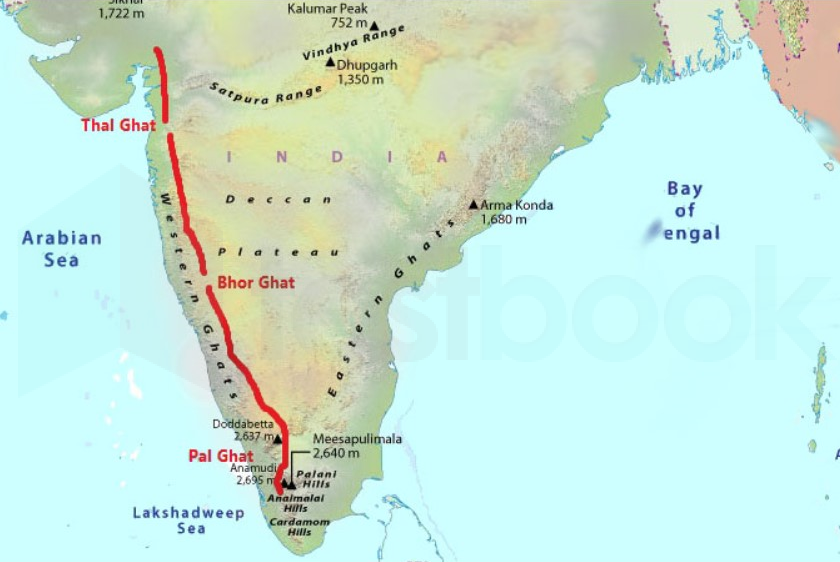The Palghat (Palakkad) Gap, a key corridor in India’s Western Ghats, is discussed in this article. It tells us about the geological genesis of the gap.

What exactly is the Palghat Gap?
- The Palghat Gap is a 40-kilometer-long corridor in the Western Ghats famed for its steep hills that serves as a doorway to Kerala.
- It is a vital link for roads and trains between Coimbatore and Palakkad.
- The Palghat Gap is crossed by the Bharathappuzha River.
- The vegetation in the gap is described as dry evergreen forest, as opposed to the Western Ghats’ tropical rainforests.
- The Palghat Gap marks a unique split in the region’s flora and fauna.
Geological origin of the Palghat Gap
- The Palghat Gap is a geological shear zone running from east to west.
- Shear zones are weak areas in the Earth’s crust that cause tremors in the Coimbatore area on occasion.
- The Palghat Gap formed when the continental shelf changed following the separation of Australia and Africa from the Gondwana landmass.
- India and Madagascar were once connected until volcanic activity caused their separation, with a similar gap in Madagascar known as the Ranotsara Gap.
Ancient history and biogeographic differences
- The biogeographic differences in species found north and south of the Palghat Gap could be linked to an old river or a sea intrusion in the distant past.
- Elephant populations on the Nilgiris side of the gap have mitochondrial DNA that differs from elephant populations in the Anamalai and Periyar sanctuaries.
- DNA research of the White-bellied Shortwing, an endemic bird species, reveals population divergence in the Nilgiris and Anamalai regions.
South of the Palghat Gap, biodiversity
- The southern Western Ghats region, south of the Palghat Gap, has a high species richness and phylogenetic diversity.
- A recent study found over 450 tree species, including 130 million-year-old species like Magnolia champaca.
- The southern Western Ghats’ warm temperature and moist air support a varied spectrum of species, making it an island haven throughout ice ages and droughts.
- In comparison to the northern part, the southern Western Ghats receive more equally distributed rainfall throughout the year.
Source: https://www.thehindu.com/sci-tech/science/a-break-in-the-western-ghats/article66845725.ece#:~:text=Often%20called%20as%20a%20significant,into%20the%20State%20of%20Kerala.
